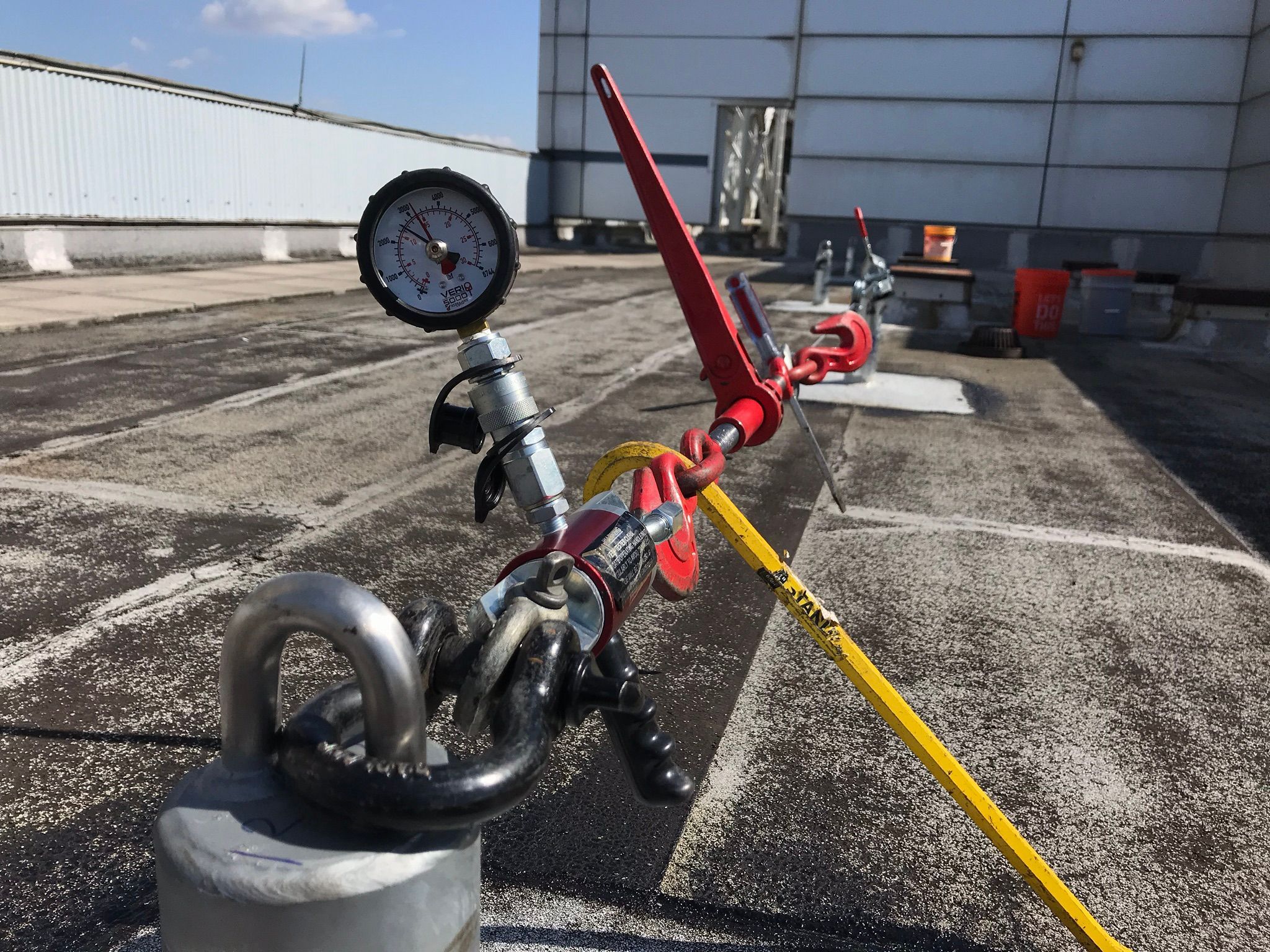When your team is working at height, rescue planning isn’t optional — it’s a critical OSHA requirement. For rope access jobs, where technicians rely on harnesses and rope systems, rescue preparedness can mean the difference between life and death.
At Shine On Anchors, we make sure our clients understand how to plan, prepare, and respond when something goes wrong.
Why Rescue Planning Matters
According to OSHA 1910 Subpart D and ANSI Z359 standards, employers must:
- Have a written rescue plan
- Ensure rescue can be performed promptly
- Train employees on emergency procedures
- Ensure on-site capability or confirm local emergency services can respond appropriately
Without a proper rescue plan, even a minor incident can escalate quickly. Suspension trauma can set in within minutes if a fallen worker is left hanging in a harness.
Types of Rope Access Rescues
Depending on your site and scope of work, rescue planning may include:
- Self-rescue – where the technician climbs or lowers themselves to safety
- Assisted rescue – a trained coworker provides help
- Pick-off rescue – a rescuer is lowered to retrieve an incapacitated worker
- Third-party rescue – coordinated through local emergency response teams
Each method requires specific training, equipment, and pre-job assessment.
Components of a Solid Rescue Plan
Your rope access rescue plan should include:
✅ Identification of potential fall scenarios
✅ Assigned personnel for rescue operations
✅ Rescue methods for each scenario
✅ Equipment checks and redundancy
✅ Communication protocols
✅ Post-rescue medical response plan
Tip: Don’t rely solely on 911. Many fire departments are not trained or equipped for rope access rescues above 30 feet.
Shine On Anchors’ Safety Commitment
We help building owners, property managers, and contractors stay compliant with OSHA and ANSI rescue requirements. Our SPRAT-certified teams are trained in both rescue execution and prevention — ensuring that emergency response is part of every project, not an afterthought.
🔒 Is your rope access team rescue-ready?
Book a safety review or emergency drill planning session with Shine On Anchors today.
Important things to know, review more articles OSHAs
OSHA’s – 1910.22 General Requirements
OSHA Recognized 3-Levels of Skill- Work at Height
Important Definitions per OSHA
OSHA’s – 1910.140 Personal Fall Protection Systems
OSHA’s – 1910.29 Fall Protection Systems & Falling Object Protection- Criteria and Practices
OSHA’s – 1910.28 Duty to have Fall Protection & Protection from Falling Objects
OSHA’s – 1910.30 Training Requirements
OSHA’s – 1910.23 Ladders- Fixed and Portable
Check our anchoring services
For a free estimate, call us today at (773) 227-4522 or email anchors@shineongroup.com



